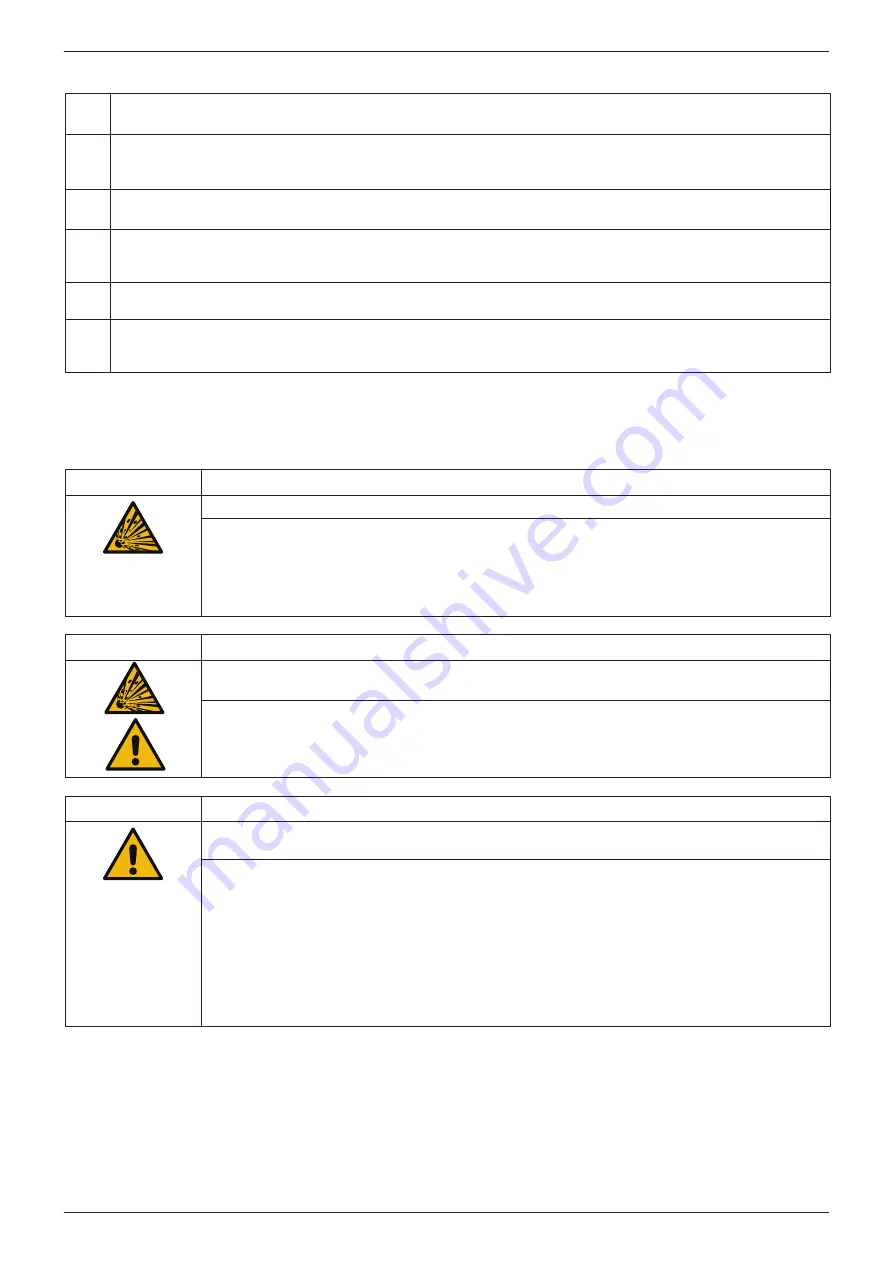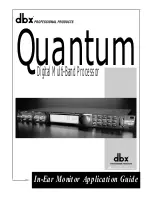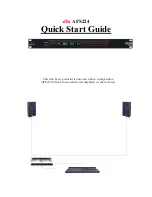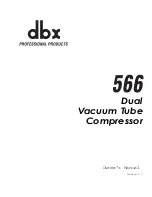
Installation and operating manual
EN
14 BEKOMAT
®
3/6 CO Ex, 3/6 E Ex
2.6.1.
Identification of explosion-proof equipment according to ATEX and EPL
ll
Device group ll
Suitable for use in industrial areas with potentially explosive atmosphere;
not
for use in mines
2G
Device category 2G
Suitable for use in areas in which an atmosphere at risk of explosion as a mixture of air and inflammable gases, vapours or
mists can form occasionally during normal operation (zones 1 and 2).
Ex ib Ignition protection type ib - intrinsically safe
Intrinsically safe according to EN 60079-11
llB
Explosion group IIB
Suitable for gases and vapours with a standard gap width of 0.5 - 0.9 mm and a minimum ignition current ratio of
0.45 - 0.8.*
T4
Temperature class T4 (<135 °C)
Suitable for gases and vapours with an ignition temperature of max. 135 °C.
Gb
Device protection level Gb
Suitable for use in areas in which an atmosphere at risk of explosion as a mixture of air and inflammable gases, vapours or
mists can form occasionally during normal operation (zones 1 and 2).
*referenced to methane = 1
3. Installation
3.1. Warning
DANGER
Risk of explosion
Risk to life from explosion, flash fire or combustion
• Observe all applicable rules and regulations for all work on and with the unit, including
operation and maintenance
(e.g. ATEX, CENELEC, NEC, TRBS, national guidelines and regulations).
• All statutory safety measures for potentially explosive atmospheres must be strictly
adhered to. Normal operation must only start after the effectiveness of the applied
explosion safety measures has been assessed.
DANGER
Insufficient qualification, explosion
Improper handling and operation of the unit can result in serious or even fatal injury, and/or
damage to property.
• All tasks described in this installation and operating manual must be performed by
specialist technical personnel
1
who meet the following criteria:
• Before carrying out any work with or on the device, all specialist technical personnel¹
must have read and understood the contents of this installation and operating manual.
DANGER
Escaping compressed gas
Incorrect installation and device parts that are not properly secured and protected can cause
serious or even fatal injury.
• Before carrying out any assembly or installation work, depressurise the system.
•
Use only pressure-resistant installation materials and suitable tools that are in proper
working order.
• Before pressurising the system, check all unit parts and repair them, if necessary. To
prevent pressure blows during unit operation, open all valves slowly.
•
Make sure that no persons can be injured or objects can be damaged by condensate or
escaping compressed gas.
• Protect the unit parts against vibration and impact.
• Perform a leakage test.
1
Specialist technical personnel
Specialist technical personnel are persons who, due to their professional qualification and knowledge in the field
of measuring, control and pneumatic technology, and their knowledge of the applicable statutory regulations,
guidelines and standards are in a position to foresee potential dangers in relation to the use of the device and
who are qualified to perform the tasks described in this manual. Special operating conditions (e.g. aggressive
media) require additional knowledge. In addition, observe the requirements for "qualified persons" as laid down
in the Technical Rules on Operational Safety (TRBS). It is the responsibility of the plant owner to ensure that the
instructions in this manual are adhered to.














































